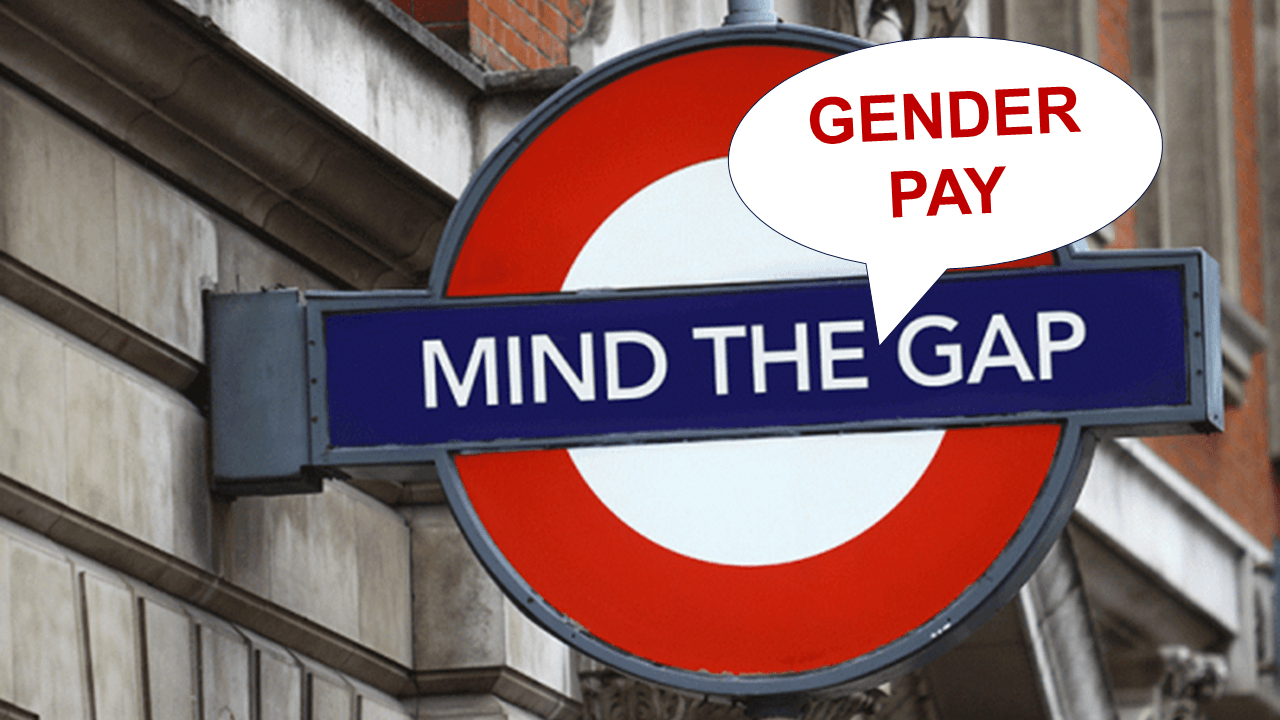When we talk about inequalities between men and women in the tech sector, we can’t skip mentioning the so-called „gender pay gap“. Ok, we know that these things about the gender gap in tech are changing over the years. Slowly, but as optimistic, these are positive changes, no matter how fast they happen. Although there is a long way off gender pay equity.
According to research made by benchmark platform Figures and inclusive recruiting platform 50inTech, the unadjusted pay gap was 19%, with women paid, on average, 81p for every £1 man earn across Europe. From a country point of view, UK tech startups have the highest unadjusted gender pay gap in Europe at 26% (not flattering to be a leader in this), followed by Germany (22%) and the Netherlands (20%). That means that (as stated in the Gender Pay Gap Guide) women in the UK tech industry are now paid 74p for every £1 man earns at startups. Although they are still paid less, this is an increase of 4p compared to last year and it is narrowing – yes you read correctly – the gap for 4% (from 30% to 26%). The good thing would be if the increase could continue in years to come.

The bad thing is that still, the startups are paying women significantly less than men when compared to the national average. In 2021, the national pay gap in the UK was 15.4%, in France, it was 15.8% in 2020, and 14.2% in the Netherlands. In Germany, it was recently as high as 18% in 2020.
The research looked more closely at unadjusted pay gaps in specific roles and stated that women software engineers in the UK can earn up to 20% less than male colleagues, whilst in the Netherlands and France can be up to 12% less.
On the other side, the adjusted pay gap is significantly smaller (the salaries of men and women in the same roles), but it’s still there. And again, the UK is still worse with 2.2%, compared to a Europe-wide average of 1.6%.
The worst jobs in terms of adjusted gaps are:
- Performance Marketing Manager 7.5%
- Account Manager 7.0%
- Customer Support Representative Manager 6.7%
There are many reasons why these inequalities exist, and why the progress and the narrowing of the gap are happening slowly. But what brings to these data, according to the research, are the following issues:
- Women are still highly underrepresented in the executive suite of tech companies overall. According to the research, for every female executive, there are six male execs, for instance (which represents a huge driver of the gender pay gap).
- Also, the gender pay gap might be explained by the fact that women across Europe don’t know how much they are worth. Complementary research, commissioned by 50inTech, found that while 60% of tech startup respondents don’t know their market value, this is significantly higher among women. For example, around 92% of German women admitted they have no idea of their market value, compared to British women (62%) and French respondents (51%).
- Despite not knowing their value, women feel they are underpaid across the tech industry (over 32% of respondents in mid-level roles feel they are being paid at least 20% less than their pre-supposed value, which might be concerning for tech companies because, with these data, they are at risk of losing critical employees and future leaders to other industries).
- And when it comes to salary negotiations it becomes more difficult. Over one-third (36%) feel extremely stressed at the thought of negotiating their salaries, whilst 7% of women will not apply if the salary is not indicated. In light of this, 83% of respondents believe listing salaries on job offers should be a priority as a way to demonstrate salary transparency and a way to make them feel confident when it comes to discussing salaries during job interviews.
Yes, it can be concluded that some movements are happening but also, that there is still much work to be done to overcome the inequalities. Regardless of whether we are talking about the adjusted or unadjusted pay gap, it is still there. As always, there are two sides when it comes to expectations about overcoming the gender pay gap, the pessimistic and the optimistic. From the pessimistic point of view, the gap will probably widen, because there are many factors that can influence widening the gap, but on the other side, the optimistic point of view might emphasize that the gap will narrow because the positive movements will encourage diversity in the industry.



Would you like to write the first comment?
Login to post comments